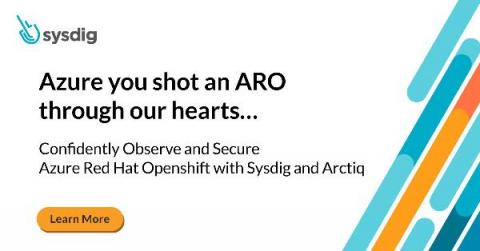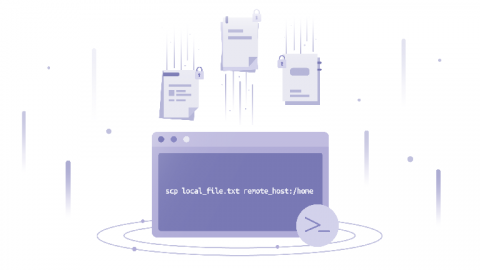Beyond Passing the Test: Lessons from My Infosec Certification Journey
Not everything that tastes good is healthy, and not everything healthy tastes good. I think of exams as the latter. They are one way to test knowledge, and that attitude is a big part of how I survived getting certified. After taking all kinds of exams, one thing hasn’t changed – I don’t like them. I get anxious when faced with tests. I dislike the all-or-nothing of each question.










